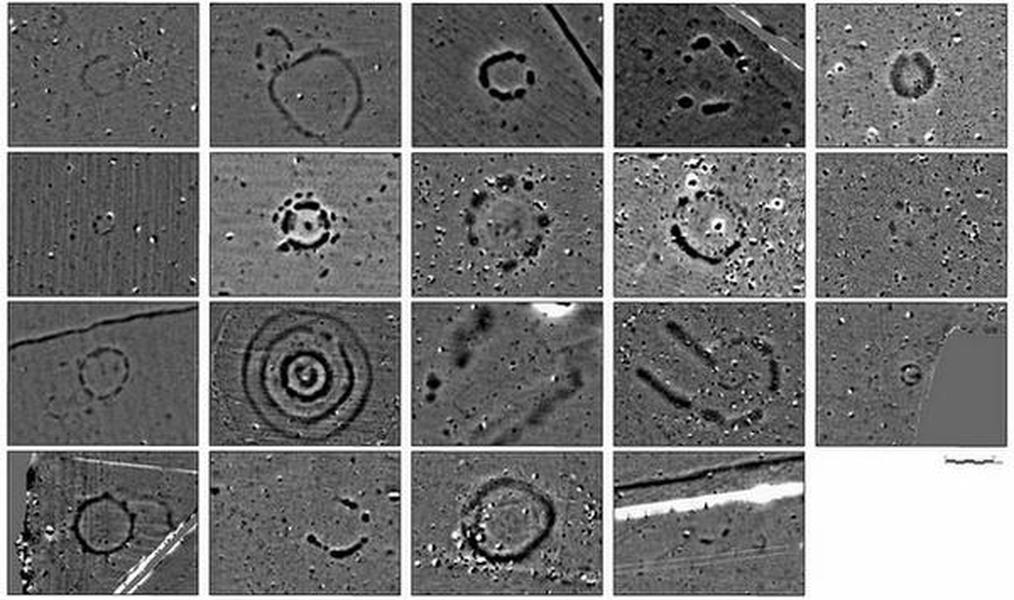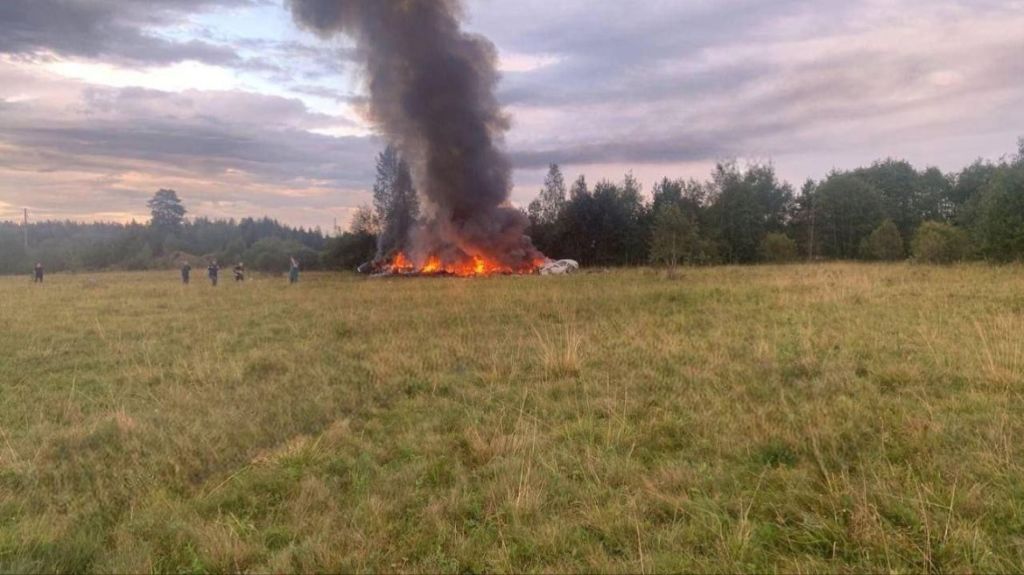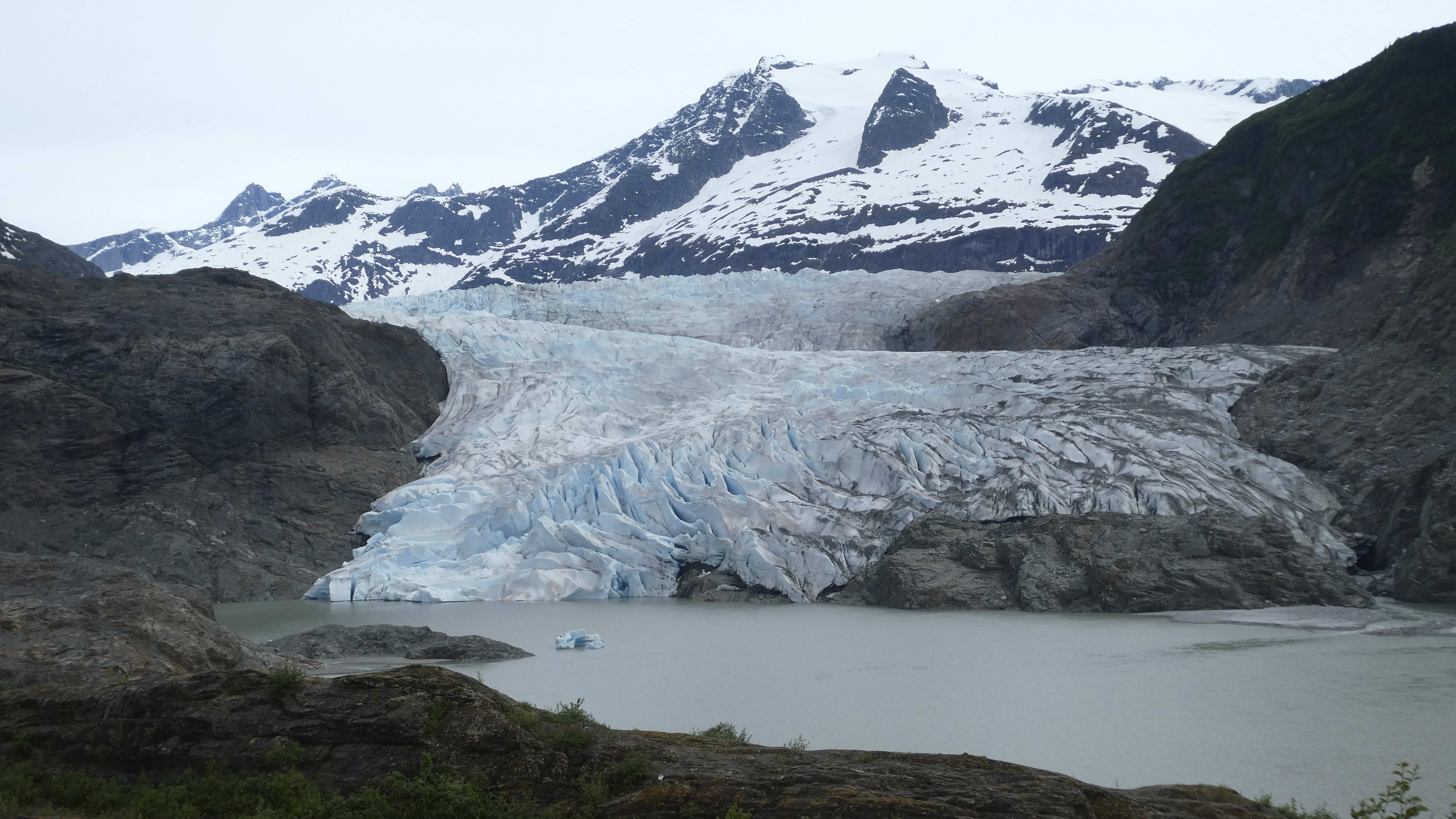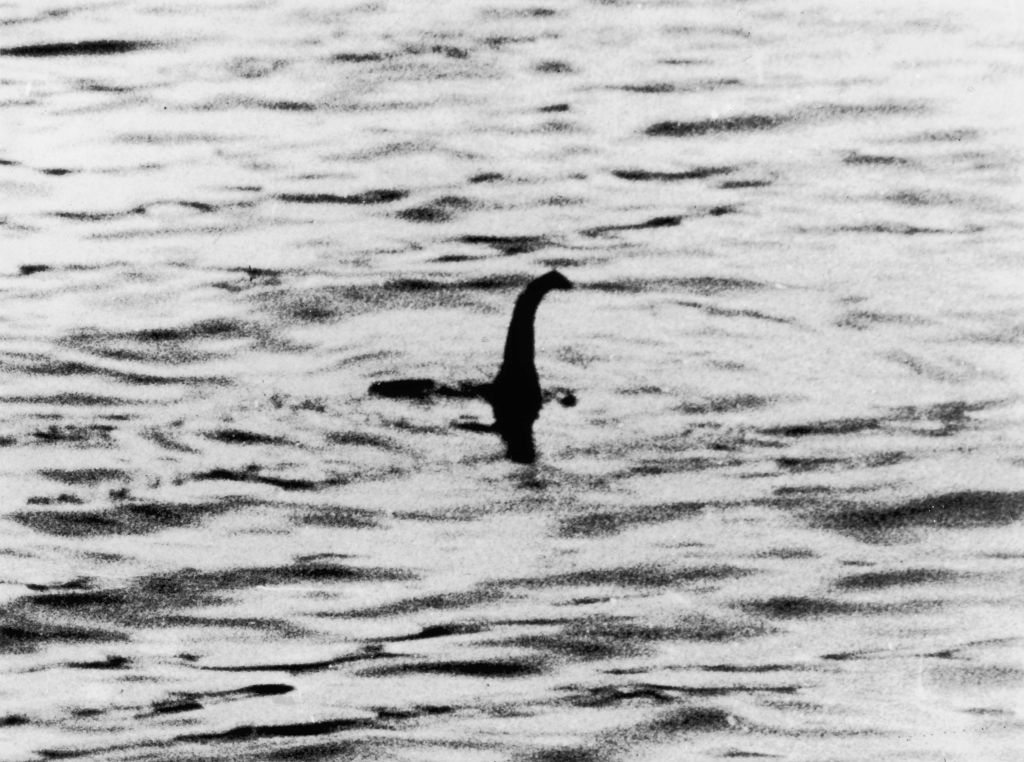Archaeologists uncover 'super henge' near Stonehenge


Archaeologists have used ground-penetrating digital mapping technology to discover that Stonehenge was once dwarfed by a massive "super henge" nearby.
The findings come after the completion of a four-year archaeology project, co-led by Vincent Gaffney, a professor at the University of Birmingham in the U.K. The digital map, which used magnetic and laser scans as well as high-resolution, ground-penetrating radar of the Durrington Walls, has revealed that just two miles northeast of Stonehenge was what Gaffney has dubbed a "super henge."
The researchers discovered a line of now-buried holes that were once home to more than 50 new stone monuments buried beneath the Stonehenge bank. Archaeologists estimate the stones were brought to the site before 2,500 B.C.E. The stones appear to have formed a C-shaped, ritual "enclosure" facing the River Avon. The researchers speculate the enclosure may have been a religious complex, The Independent reports.
The Week
Escape your echo chamber. Get the facts behind the news, plus analysis from multiple perspectives.

Sign up for The Week's Free Newsletters
From our morning news briefing to a weekly Good News Newsletter, get the best of The Week delivered directly to your inbox.
From our morning news briefing to a weekly Good News Newsletter, get the best of The Week delivered directly to your inbox.
"Up till now, we had absolutely no idea that the stones were there," Gaffney told The Independent. "They look as they may have been pushed over. That's a big prehistoric monument which we never knew anything about," he told Nature. "I'm sure it will guide future excavations."
In addition to the new stones at Durrington Walls, the project has led to the discovery of more than 60 other monuments, as well as ritual pits and burial mounds. Gaffney will present his team's findings at the British Science Festival this week. "It shows that, in terms of temples and shrines, Stonehenge was far from being alone," Gaffney told The Independent. --Meghan DeMaria
A free daily email with the biggest news stories of the day – and the best features from TheWeek.com
Meghan DeMaria is a staff writer at TheWeek.com. She has previously worked for USA Today and Marie Claire.
-
 Why is Trump’s alleged strike on Venezuela shrouded in so much secrecy?
Why is Trump’s alleged strike on Venezuela shrouded in so much secrecy?TODAY'S BIG QUESTION Trump’s comments have raised more questions than answers about what his administration is doing in the Southern Hemisphere
-
 Vance’s ‘next move will reveal whether the conservative movement can move past Trump’
Vance’s ‘next move will reveal whether the conservative movement can move past Trump’Instant Opinion Opinion, comment and editorials of the day
-
 Why recognizing Somaliland is so risky for Israel
Why recognizing Somaliland is so risky for IsraelTHE EXPLAINER By wading into one of North Africa’s most fraught political schisms, the Netanyahu government risks further international isolation
-
 Nobody seems surprised Wagner's Prigozhin died under suspicious circumstances
Nobody seems surprised Wagner's Prigozhin died under suspicious circumstancesSpeed Read
-
 Western mountain climbers allegedly left Pakistani porter to die on K2
Western mountain climbers allegedly left Pakistani porter to die on K2Speed Read
-
 'Circular saw blades' divide controversial Rio Grande buoys installed by Texas governor
'Circular saw blades' divide controversial Rio Grande buoys installed by Texas governorSpeed Read
-
 Los Angeles city workers stage 1-day walkout over labor conditions
Los Angeles city workers stage 1-day walkout over labor conditionsSpeed Read
-
 Mega Millions jackpot climbs to an estimated $1.55 billion
Mega Millions jackpot climbs to an estimated $1.55 billionSpeed Read
-
 Bangladesh dealing with worst dengue fever outbreak on record
Bangladesh dealing with worst dengue fever outbreak on recordSpeed Read
-
 Glacial outburst flooding in Juneau destroys homes
Glacial outburst flooding in Juneau destroys homesSpeed Read
-
 Scotland seeking 'monster hunters' to search for fabled Loch Ness creature
Scotland seeking 'monster hunters' to search for fabled Loch Ness creatureSpeed Read
